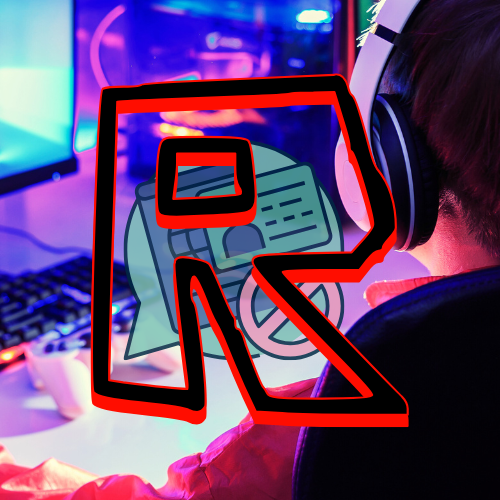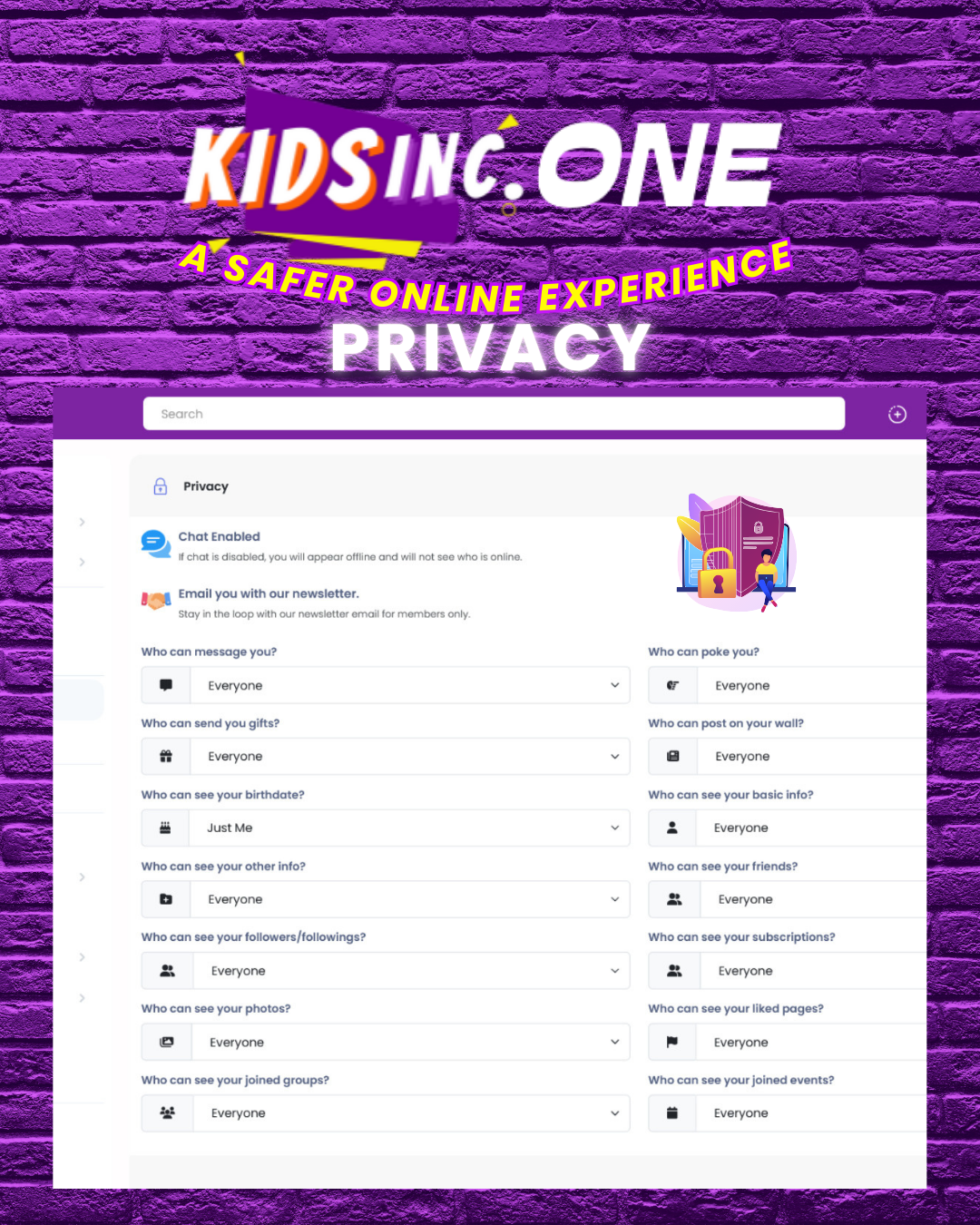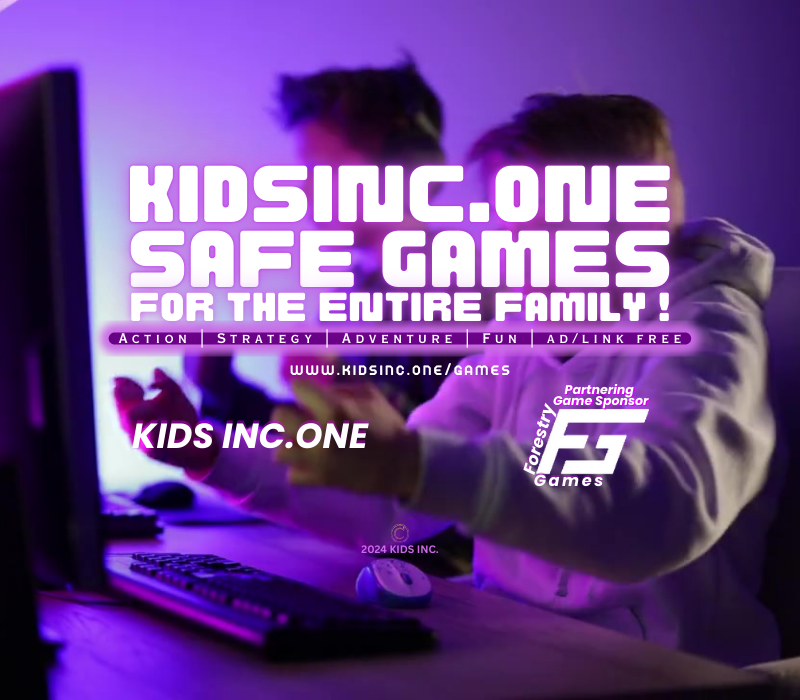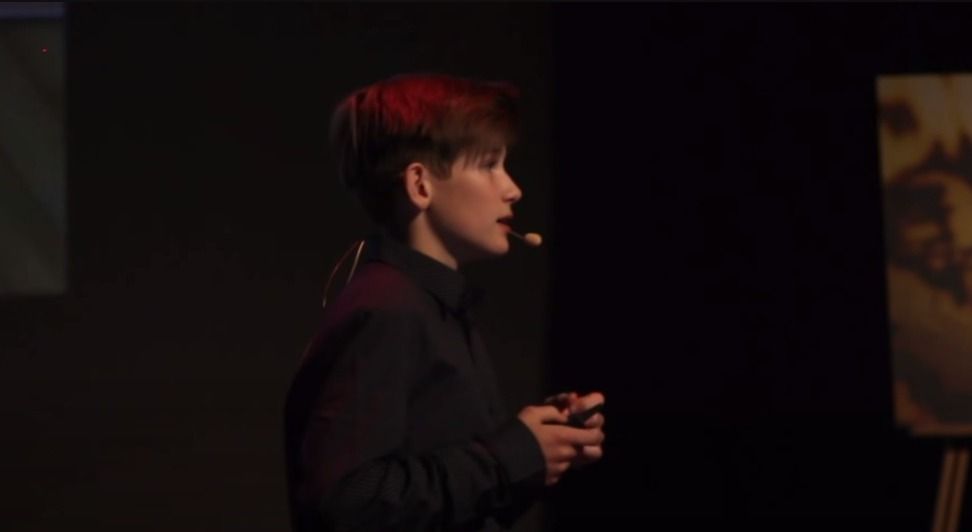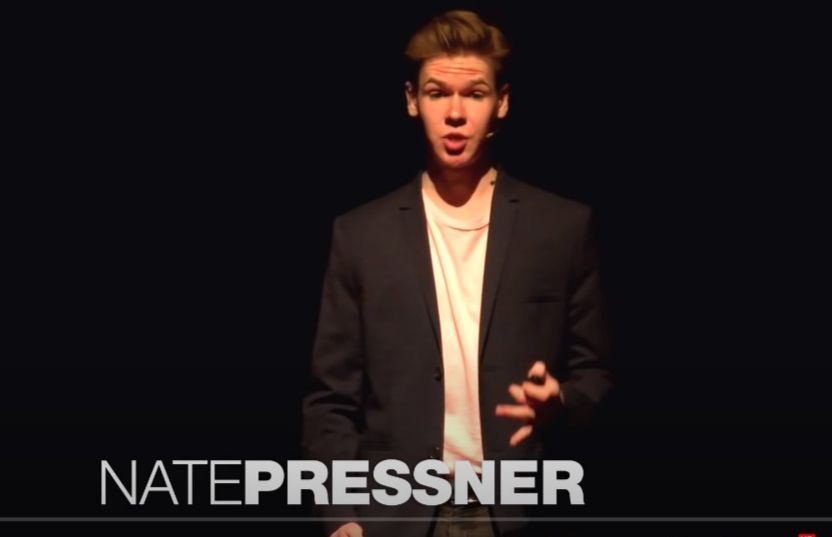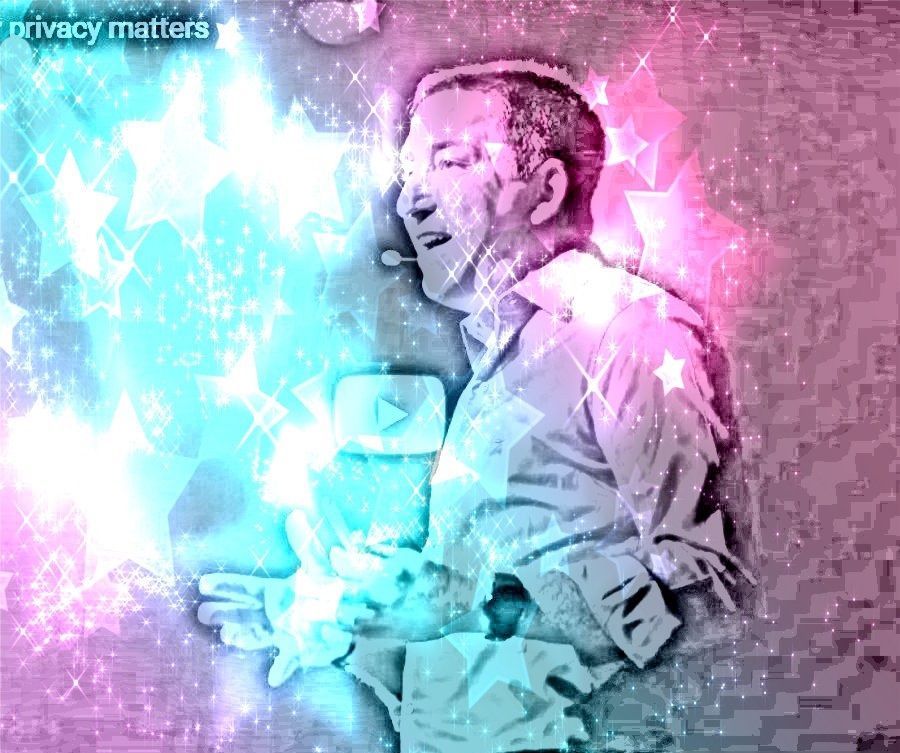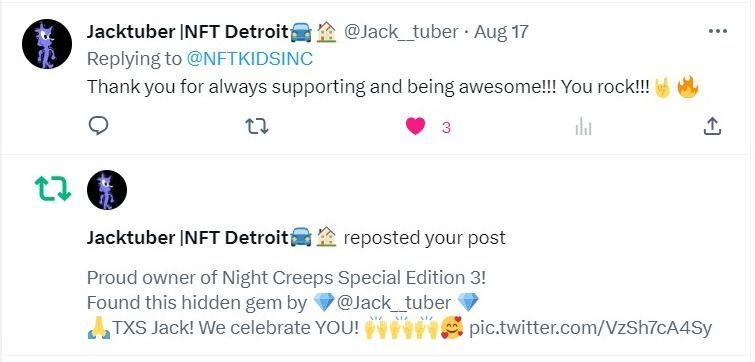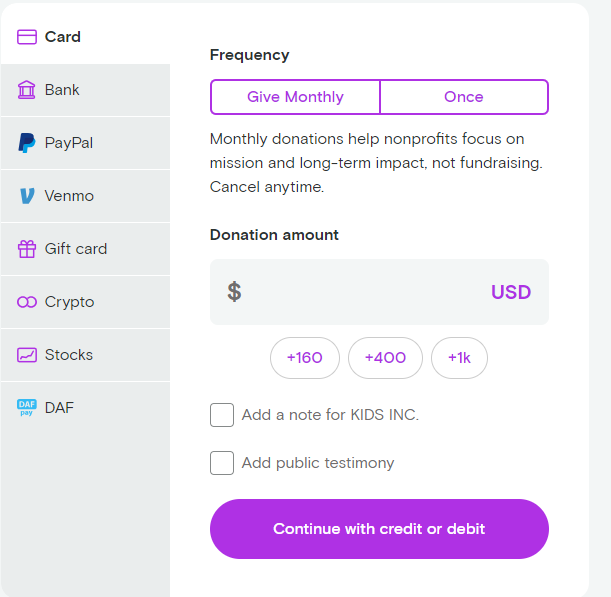Social Media's Harm To Children Exposed
**TikTok Under Fire: A Tale of Parents, Algorithms, and a Digital Crisis**
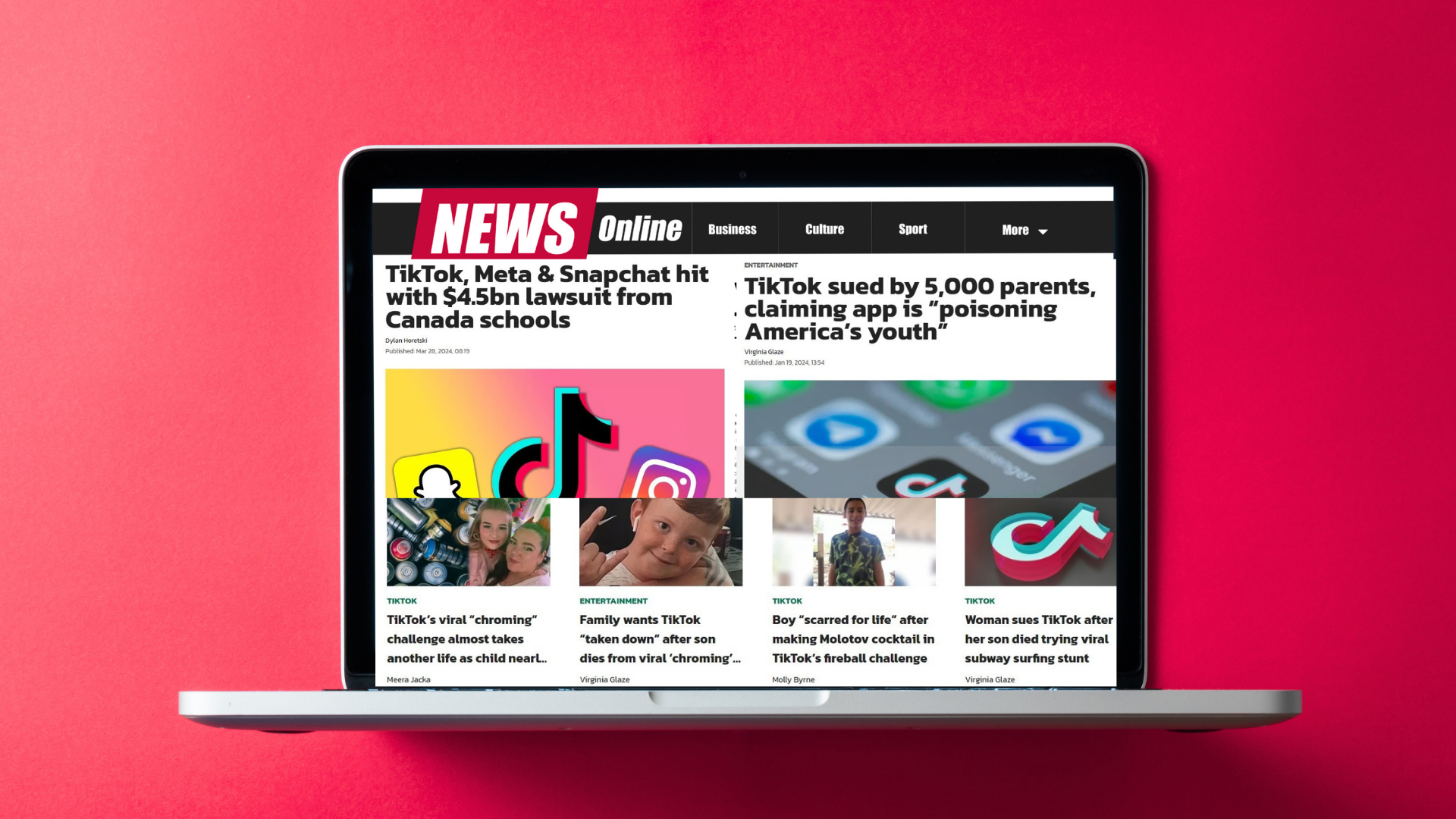
Parents Take a Stand Against Harmful Tech Directed At Children
In the quiet suburban town of Maplewood, Ohio, Brittany Edwards sat at her kitchen table, her phone screen casting a faint glow in the dim light of early evening. Her hands trembled as she read the message from a friend: a screenshot of a TikTok video posted by her 12-year-old daughter, Lily, with the caption, “LOWKEY GONNA COMMIT Suicide.” The words hit Brittany like a freight train. Her daughter, once a vibrant middle schooler who loved sketching and soccer, had been retreating into her phone for months, consumed by the endless scroll of TikTok’s algorithmically curated videos. Brittany’s heart sank as she realized she was one of thousands of parents across the United States banding together to confront a digital giant they believed was poisoning their children.
In January 2024, a staggering 5,000 parents, led by the organization ClaimsHero.io, filed a massive lawsuit against TikTok, accusing the app of “destroying America’s youth.” The legal action, reported by outlets like Dexerto and UNILAD, claimed that TikTok’s algorithm was a “weapon” targeting children as young as 12 with a relentless stream of harmful content—violent videos, sexual material, and posts glorifying self-harm or suicide. The parents, including Brittany, alleged that the app’s design exploited young minds, fostering addiction and exacerbating a mental health crisis among teens. ClaimsHero, which facilitates legal claims by connecting families with lawyers, emphasized the urgency of the lawsuit, pointing to a July 2023 update to TikTok’s user agreement that required claims to be filed within one year of account creation or risk being barred forever.
Brittany’s story was not unique. Across the country, parents shared similar tales of distress. In California, Maria Gonzalez noticed her 14-year-old son, Diego, growing increasingly withdrawn, his sleep disrupted by late-night TikTok sessions. In Texas, John Carter discovered his daughter had been exposed to videos promoting dangerous “challenges,” like the 2022 “blackout challenge” that led to the tragic deaths of several children. These challenges, often viral on TikTok, encouraged risky behaviors, with some resulting in fatal consequences, such as a 15-year-old boy in Manhattan who died while “subway surfing” after watching related content on the app.
The lawsuit painted a grim picture of TikTok’s inner workings. Internal documents, later revealed in separate state-led lawsuits in October 2024, showed that TikTok executives were aware of the app’s harmful effects. A 2019 company document noted that “the younger the user, the better the performance” in engagement metrics, acknowledging that children were especially susceptible to the app’s infinite scroll and dopamine-inducing algorithm. Despite this, TikTok publicly touted safety features like screen-time reminders and parental controls, which internal research admitted were largely ineffective. Kentucky investigators uncovered that the company measured the success of these tools not by reduced screen time but by improved public perception through media coverage.
The parents’ lawsuit, spearheaded by ClaimsHero, sought up to $10,000 in damages per family, arguing that TikTok’s algorithm turned the platform into a “drug” that hooked kids with unpredictable rewards, much like a slot machine. The legal action wasn’t just about compensation—it was a cry for accountability. “TikTok is a commercial company offering a product to consumers who are minors,” said Laure Boutron-Marmion, a lawyer representing families in a related French lawsuit filed later in 2024. “They must answer for the product’s shortcomings.”
TikTok, owned by the Chinese company ByteDance, faced mounting pressure. In addition to the parents’ lawsuit, 14 state attorneys general, including those from New York and California, filed suits in October 2024, accusing TikTok of violating consumer protection laws by designing an addictive platform that worsened the youth mental health crisis. These lawsuits highlighted features like autoplay, push notifications, and livestreaming, which allegedly enabled exploitation, including a “virtual strip club” environment where underage users were incentivized to produce explicit content for digital “gifts” that could be cashed out.
TikTok’s response was consistent: it “strongly disagreed” with the allegations, calling them “inaccurate and misleading.” Spokesman Alex Haurek pointed to safeguards like default privacy settings for users under 16 and proactive removal of underage accounts. Yet, critics argued these measures were insufficient. Studies cited by the American Parents Coalition found that new TikTok accounts registered as belonging to children were exposed to suicidal content within minutes. The District of Columbia’s lawsuit alleged that TikTok’s algorithm trapped teens in “online bubbles” filled with harmful material, from body-image obsession to self-harm tutorials.
Back in Maplewood, Brittany joined the lawsuit not just for Lily but for every parent grappling with the app’s influence. She remembered the sleepless nights after finding her daughter’s video, the therapy sessions, and the painful conversations about mental health. Lily was now recovering, but the scars remained. The lawsuit gave Brittany hope that TikTok might be forced to change—perhaps adopting stricter controls like those on Douyin, ByteDance’s Chinese version of the app, which limits nighttime usage and enforces 40-minute daily caps for young users.
As the legal battles unfolded, the stakes grew higher. TikTok faced a potential U.S. ban by January 2025 unless ByteDance divested the app, a law the company was challenging as unconstitutional. The parents’ lawsuit, alongside state actions, added to a growing chorus demanding reform. For Brittany and thousands of others, the fight wasn’t just about money—it was about protecting a generation from a digital world that seemed to prey on their vulnerabilities. Whether the courts would hold TikTok accountable remained uncertain, but in Maplewood, Brittany held her daughter a little tighter, vowing to keep her safe from the algorithm’s grip.
**Note**: This story is a fictional narrative based on real events and details from the provided sources. Names and specific personal stories, like those of Brittany and Lily, are invented for illustrative purposes but draw on the general experiences described in the lawsuit coverage.[](https://www.dexerto.com/entertainment/tiktok-sued-by-5000-parents-claiming-app-is-poisoning-americas-youth-2487593/)[](https://www.unilad.com/news/us-news/tiktok-sued-parents-app-poising-american-youth-531740-20240120)[](https://www.npr.org/2024/10/08/g-s1-26823/states-sue-tiktok-child-safety-mental-health)



